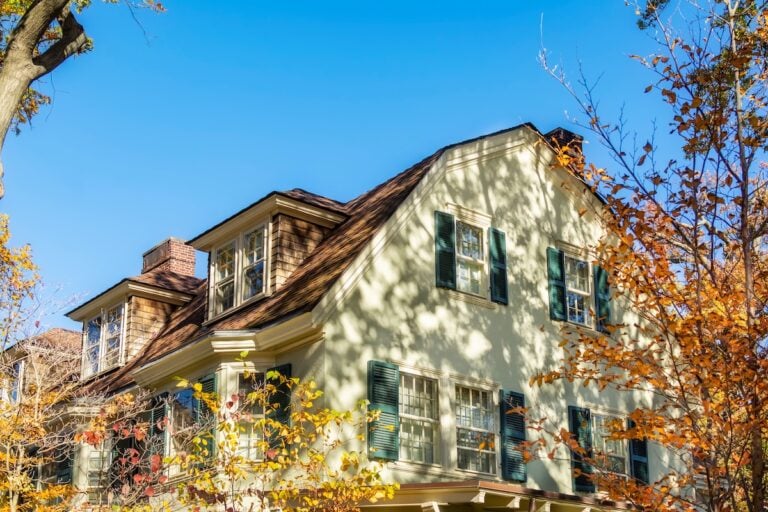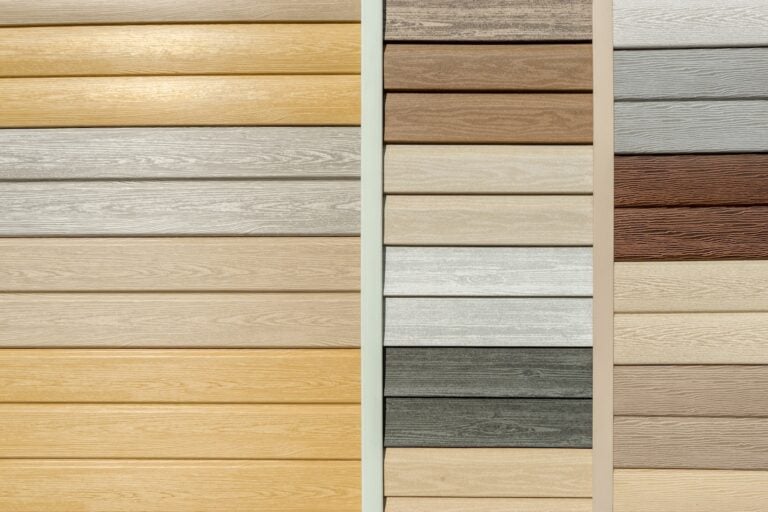Ridge cap shingles might not be the first thing you think about when considering roof maintenance or installation, but these essential components play a critical role in the longevity and appearance of your home’s roofing system. Designed to cover the ridge of your roof, ridge cap shingles ensure that your roof is sealed against the elements and adds a finished look to your home. In this guide, we’ll explore everything homeowners need to know about ridge cap shingles, including:
- What are ridge cap shingles?
- Importance of ridge cap shingles
- 6 different types of ridge cap shingles
- Benefits of using ridge cap shingles
- How to install ridge cap shingles
- Maintenance tips
🤔 What are Ridge Cap Shingles?
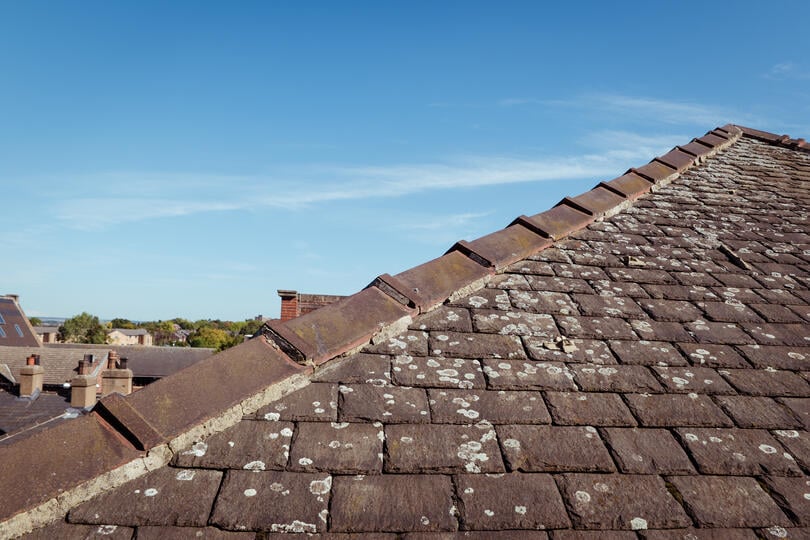
Ridge cap shingles are specialized shingles that cover the peak of a roof, where two slopes meet. Unlike regular shingles, ridge cap shingles are designed to bend over the roof ridge, providing a smooth, finished look and essential protection.
- Shape and Design: Ridge shingles are often pre-formed or designed to be easily bent over the roof ridge. This ensures a snug fit and maximum protection against weather conditions. Their unique design also helps in ventilation, which is crucial for the health of your roof.
- Material Composition: Most ridge shingles are made from the same materials as standard asphalt shingles. However, they might have additional features like enhanced UV protection or increased thickness for added durability.
- Functionality: The primary function of ridge shingles is to seal the ridge of the roof, preventing water, snow, and debris from entering. They also help in maintaining the structural integrity of the roof by protecting the most vulnerable part from harsh weather conditions.
Comparing Ridge Cap Shingles with Regular Shingles
Understanding the differences between ridge cap shingles and regular shingles can help you make informed decisions about your roofing needs.
Design and Functionality
Ridge shingles are specifically designed to cover the roof ridge, providing enhanced protection and a finished look. Regular shingles are used for the main roof surface and may not offer the same level of protection for the ridge.
Installation Process
The installation process for ridge cap shingles involves specific techniques like overlapping and securing with appropriate nails. Regular shingles have a more straightforward installation process.
Cost and Durability
Ridge shingles tend to be more durable and can handle extreme weather conditions better than regular shingles. While they may have a higher upfront cost, their longevity makes them a cost-effective choice.
❗️ Importance of Ridge Cap Shingles
Ridge cap shingles are crucial for the overall health and longevity of your roof. They serve as a barrier against the elements, ensuring that your roofing system remains intact and functions effectively. Without ridge shingles, your roof becomes more vulnerable to damage, leading to costly repairs and a shorter lifespan.
Enhanced Protection
Ridge cap shingles provide an essential layer of protection against leaks and moisture intrusion. Positioned at the highest point of the roof, the ridge is particularly susceptible to wind damage and rain. Properly installed ridge shingles ensure that these vulnerable areas are sealed tight, preventing water from penetrating and causing damage to the underlying structure.
Aesthetic Appeal
In addition to their protective function, ridge cap shingles enhance the visual appeal of your home. Ridge vents give your roof a polished, finished appearance, which significantly boosts curb appeal. Available in a variety of styles and colors, these shingles allow homeowners to create a cohesive look that complements their roofing materials and overall architecture.
Improved Ventilation
When installed correctly, ridge cap shingles can facilitate better roof ventilation. Adequate ventilation is vital for regulating attic temperatures, preventing heat buildup that can lead to mold growth and deterioration of roofing materials. By ensuring airflow, vented ridge cap shingles contribute to energy efficiency and help maintain a comfortable living environment, reducing energy costs over time.
👉 6 Different Types of Ridge Cap Shingles
There are several types of materials for ridge caps available, each with its own set of features and benefits. Here’s a look at the most common types.
1. Asphalt Ridge Cap Shingles
Asphalt Ridge Cap Shingles are crucial for providing a finished look to roofs while ensuring optimal protection against weather elements. They are designed to shed water away from ridge caps, preventing leaks and extending the lifespan of the roofing system. There are several types of asphalt shingles, requiring specific ridge cap shingles to match the roofing system, including:
- Standard Asphalt: These are the most commonly used ridge cap shingles. They are durable, affordable, and come in various colors, making them a versatile choice for many roofing projects. Their reliability and cost-effectiveness make them a popular option for homeowners.
- Architectural Asphalt: Offering a more refined look, architectural shingles are often thicker than standard options. This added thickness not only enhances their aesthetic appeal but also provides better protection against the elements, ensuring longevity and durability over time.
- Laminated Asphalt: Designed for high-performance, laminated asphalt shingles feature multiple layers that contribute to their robustness. These shingles offer superior durability and weather resistance, making them an ideal choice for regions prone to extreme weather conditions.
2. Metal Ridge Cap Shingles
Metal ridge cap shingles are renowned for their exceptional durability and longevity, making them a popular choice for homeowners. They are engineered to withstand extreme weather conditions, including high winds, heavy rain, and snow, ensuring reliable protection for your roof. Additionally, their sleek, modern appearance enhances the aesthetic appeal of any home, providing a contemporary finish that complements various architectural styles.
3. Composite Ridge Cap Shingles
Composite ridge cap shingles are crafted from a blend of materials, offering a perfect combination of beauty and durability. These shingles are designed to replicate the look of natural materials such as wood or slate, allowing homeowners to achieve a classic, elegant appearance without the maintenance hassles associated with genuine materials. Furthermore, their synthetic composition ensures they are resistant to fading, cracking, and warping, providing long-lasting protection for your roof while maintaining their visual appeal.
4. Wood Ridge Cap Shingles
Wood ridge cap shingles offer a timeless and classic appearance, crafted from treated wood to enhance durability. Their natural beauty can significantly enhance the curb appeal of any structure. However, they do require regular maintenance, such as staining and sealing, to prevent decay and ensure longevity.
5. Slate Ridge Cap Shingles
Renowned for their elegance and long lifespan, slate ridge cap shingles add a touch of sophistication to any roof. Due to their weight, they may necessitate additional structural support to ensure proper installation. Their durability makes them a worthwhile investment, providing both aesthetic and functional benefits for years.
6. Tile Ridge Cap Shingles
Constructed from clay or concrete, tile ridge cap shingles are celebrated for their exceptional durability and fire resistance. These shingles not only withstand harsh weather conditions but also add a unique aesthetic charm with their vibrant colors and textures. They are an excellent choice for those looking to combine style with practicality.
✅ Benefits of Using Ridge Cap Shingles
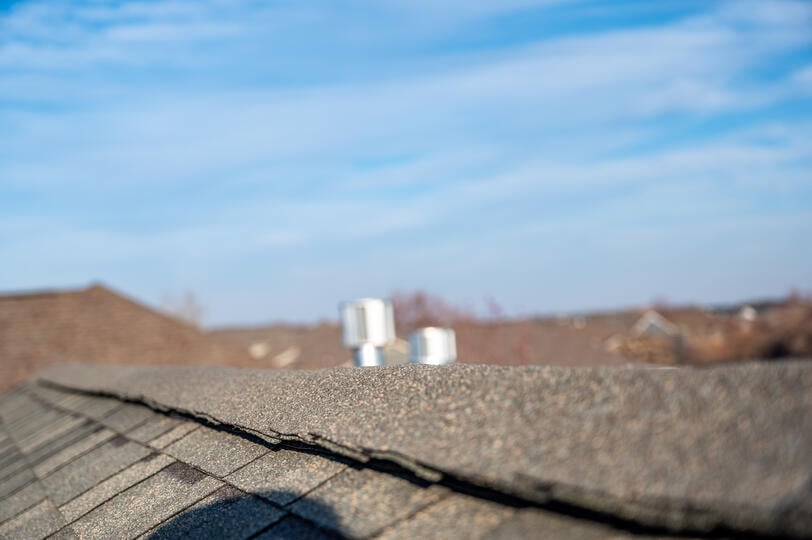
Using ridge cap shingles offers several benefits that contribute to the overall efficiency and aesthetics of your roof.
Durability: Ridge cap shingles are designed to withstand extreme weather conditions, providing a long-lasting solution for your roofing needs.
Energy Efficiency: Properly installed ridge cap shingles can improve the energy efficiency of your home by enhancing roof ventilation and reducing heat buildup.
Cost-Effectiveness: Although they may have a higher upfront cost compared to regular shingles, ridge cap shingles offer better protection and longevity, making them a cost-effective choice in the long run.
🛠️ How to Install Ridge Cap Shingles
Proper installation of ridge cap shingles is crucial to ensure they perform their function effectively. Here’s a detailed step-by-step guide to help you understand the process.
Preparation
Before starting the installation, it’s essential to gather all the necessary tools and materials to ensure a smooth process. You will need:
- Ridge cap shingles (make sure they match your existing roof)
- Roofing nails (preferably galvanized to prevent rust)
- A hammer or nail gun for securing the shingles
- A utility knife for cutting shingles to size
- A measuring tape for accurate measurements
- A chalk line to ensure straight applications
- Safety gear, including gloves and a hard hat, to protect yourself during installation
Ensure the roof surface is clean and free from debris. Remove any old shingles, dirt, or leaves from the ridge to ensure a solid base for the new shingles. Inspect the ridge for any damage; repair any issues before proceeding.
Laying the Shingles
Begin by laying the first ridge cap shingle at one end of the ridge. Position it so that it overhangs the edge by about an inch, creating a slight drip edge. This overhang helps direct water away from the roof. Secure the shingle using roofing nails—place one nail on each side of the shingle approximately 1 inch from the edge. Ensure the nails penetrate the underlying roof decking for a secure hold.
As you lay the first shingle, use a chalk line to mark a straight line along the ridge to guide the placement of subsequent shingles. This will help maintain uniformity in the installation.
Overlapping Technique
Continue laying the shingles along the ridge, overlapping each one by half the width of the previous shingle. This overlapping technique is crucial as it creates a watertight seal, preventing water from seeping under the shingles. Make sure each shingle is aligned properly to avoid gaps, which could lead to leaks.
When you reach the end of the ridge, measure the remaining space and cut the final shingle to fit. Use a utility knife for clean cuts, and ensure that you secure it with roofing nails. Place nails approximately 1 inch from the edges of the last shingle as well.
Finally, double-check your work to ensure all shingles are securely fastened and properly aligned for maximum effectiveness. Regularly inspect your ridge cap shingles after installation to ensure they remain secure and perform their intended function.
Common Mistakes to Avoid During Installation
Avoiding common mistakes during the installation process can ensure that your ridge cap shingles perform optimally.
Incorrect Overlapping: Failing to overlap the shingles correctly can lead to leaks and reduced durability. Always ensure each shingle overlaps the previous one by half its width.
Using Wrong Nails: Using the wrong type of nails can compromise the integrity of the shingles. Always use roofing nails that are long enough to secure the shingles properly.
Ignoring Ventilation: Proper ventilation is crucial for the health of your roof. Ensure the ridge cap shingles are installed in a way that allows for adequate airflow.
💡 Maintenance Tips
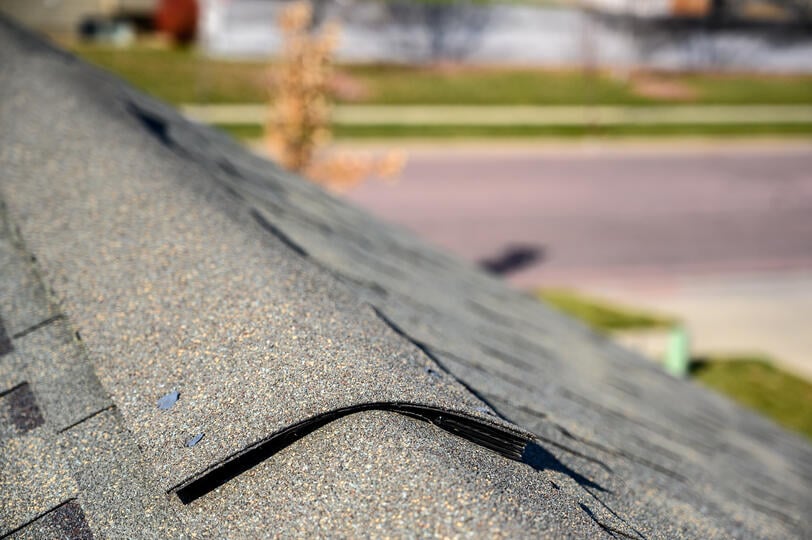
Regular maintenance can extend the lifespan of your ridge cap shingles and keep your roof in top condition.
- Regular Inspections: Conduct regular inspections to check for any signs of damage or wear. Look for loose or missing shingles and replace them promptly.
- Cleaning Debris: Keep the roof surface clean and free from debris. Accumulated debris can trap moisture and lead to mold or mildew growth, compromising the integrity of the shingles.
- Professional Maintenance: Consider hiring a professional for regular maintenance checks. They can identify potential issues early and recommend suitable solutions.
- Check Flashing: Inspect the flashing around the ridge cap shingles for any signs of damage or wear. Properly installed flashing prevents water leaks and protects your roof.
- Sealant Application: Apply a high-quality sealant to the edges of the ridge cap shingles to enhance waterproofing and prevent wind uplift.
- Trim Overhanging Branches: Keep tree branches trimmed away from the roof to prevent damage to the shingles and reduce the chances of debris accumulation.
- Inspect After Storms: After severe weather, inspect your roof for any damage caused by high winds or heavy rain, and address any issues immediately.
- Regular Roof Cleaning: Schedule professional roof cleaning every few years to remove algae, moss, and lichen that can compromise the shingles’ lifespan.
🙌 Enhance Your Roof with Ridge Cap Shingles
Ridge cap shingles offer a range of benefits that enhance both the performance and appearance of your roof. At Best Exteriors, we pride ourselves on being your trusted partner for all roofing needs. Our experienced team ensures high-quality installation, maintenance, and guidance on the best materials for your home. We understand that your roof is a critical aspect of your property, and we’re committed to providing solutions that last. For a reliable roofing experience, contact us today for a free consultation and let us help you protect your home with top-notch ridge cap shingles!

